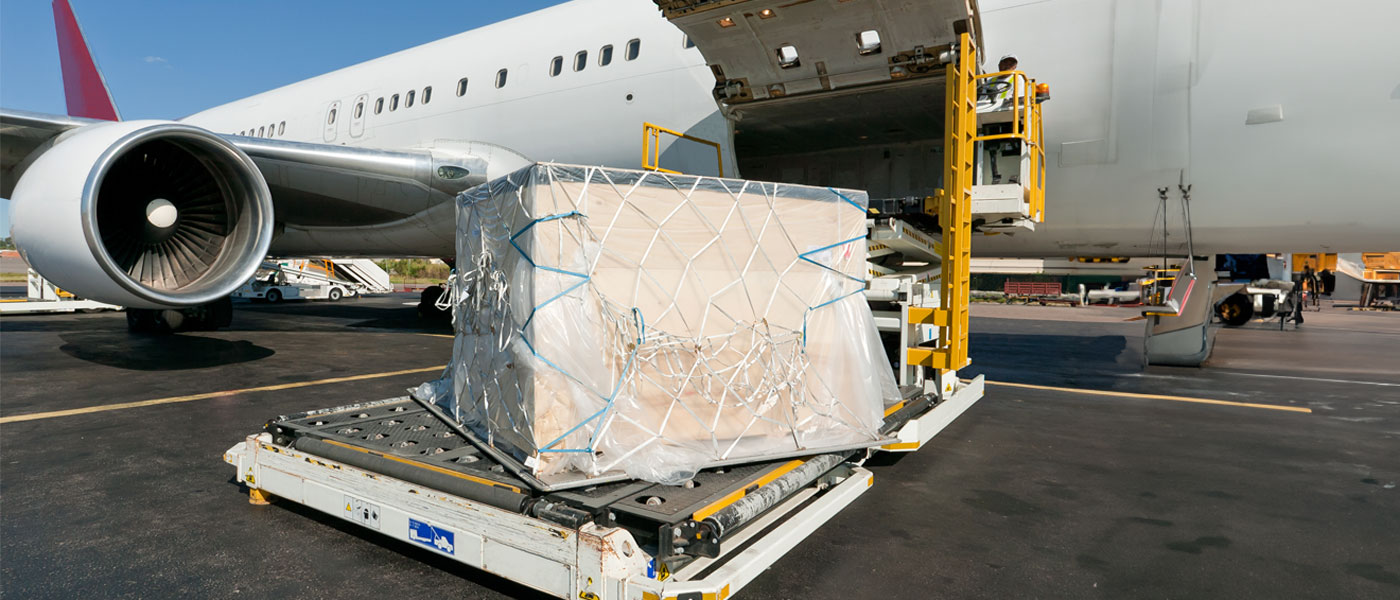Unveiling the Intricacies of Global Air Freight: How Shein and Temu Are Redefining the Norms
- May 14, 2024
- Blog
In today’s rapidly evolving global marketplace, it’s crucial to stay ahead of the curve. Join us as we explore the unexpected but profound impact that fast-fashion powerhouses Shein and Temu are having on the air cargo industry and what that means for Australia.
Recent reports from Reuters shed light on the staggering volumes these companies are moving daily. Temu ships an impressive 4,000 tons, while Shein dispatches a staggering 5,000 tonnes, alongside significant contributions from other players like Alibaba.com and TikTok. These numbers translate to a demand for the equivalent of 108 Boeing 777 freighters each day!
 What’s particularly fascinating is their direct-to-consumer approach, shipping individually addressed packages straight from factories in China. According to a US Congressional report, Shein and Temu alone send approximately 600,000 packages to the US every single day.
What’s particularly fascinating is their direct-to-consumer approach, shipping individually addressed packages straight from factories in China. According to a US Congressional report, Shein and Temu alone send approximately 600,000 packages to the US every single day.
However, with this surge in demand comes challenges. Air freight costs from hubs like Guangzhou and Hong Kong are soaring, erasing the idea of a traditional slack season and causing space shortages. Industry insiders warn of the need for adaptation and innovation to keep pace with this rapidly transforming market. This is particularly true for Australia, where AusPost figures show that online shopping accounted for 16.8% of retail sales in 2023 and topped $63.6bn. Much of these online purchases come into the country via air freight.
Since December 2023, global demand for air freight has been growing at double-digit rates based on rolling 12-month averages.
When the (almost) unanimous decision by ocean carriers to forgo a Red Sea/Suez transit was announced, immediately it was clear that a perfect storm for airfreight was brewing for 2024. Prices are up and it is likely now that there will not be a traditional slack-peak demarcation this year. IATA reported in their air freight market report in March that Q1, 2024 cumulative demand for air freight surpassed the peak crunch of Q1, 2021.
In our region, Roy Morgan has reported that Shein and Temu have built Australian customer bases of 800,000 and 1.26m respectively. This is impressive given that Temu has achieved this in just over a year. It is little wonder then that IATA has recorded “within-Asia” demand for airfreight leaping up 6.7% in a single month from February to March of this year. “The 11.8% year-on-year growth from January 2023 to January 2024 in the within-Asia region is surprising given that we are still in the first half of the year. No doubt inflationary pressures and a reduction in disposable income have driven consumers to the likes of Temu and Shein. Sustained e-commerce demand is the new baseline”, says 20Cube’s procurement lead Daniel Gillham.
This discussion is not just about numbers; it’s about understanding the broader implications for the air cargo industry. How do we adapt? What strategies can we employ to meet this unprecedented demand? Many importers adopt a hybrid approach to moving their cargo – regular sea freight with air freight replenishment in the case of urgent stock, tight turnarounds or special promotions. It is expected that close to Christmas all freight modes increase in price. But these formerly dependable ebbs and flows of supply and demand (that allow for relatively stable cost calculations) are being upended by new factors and even newer players.



